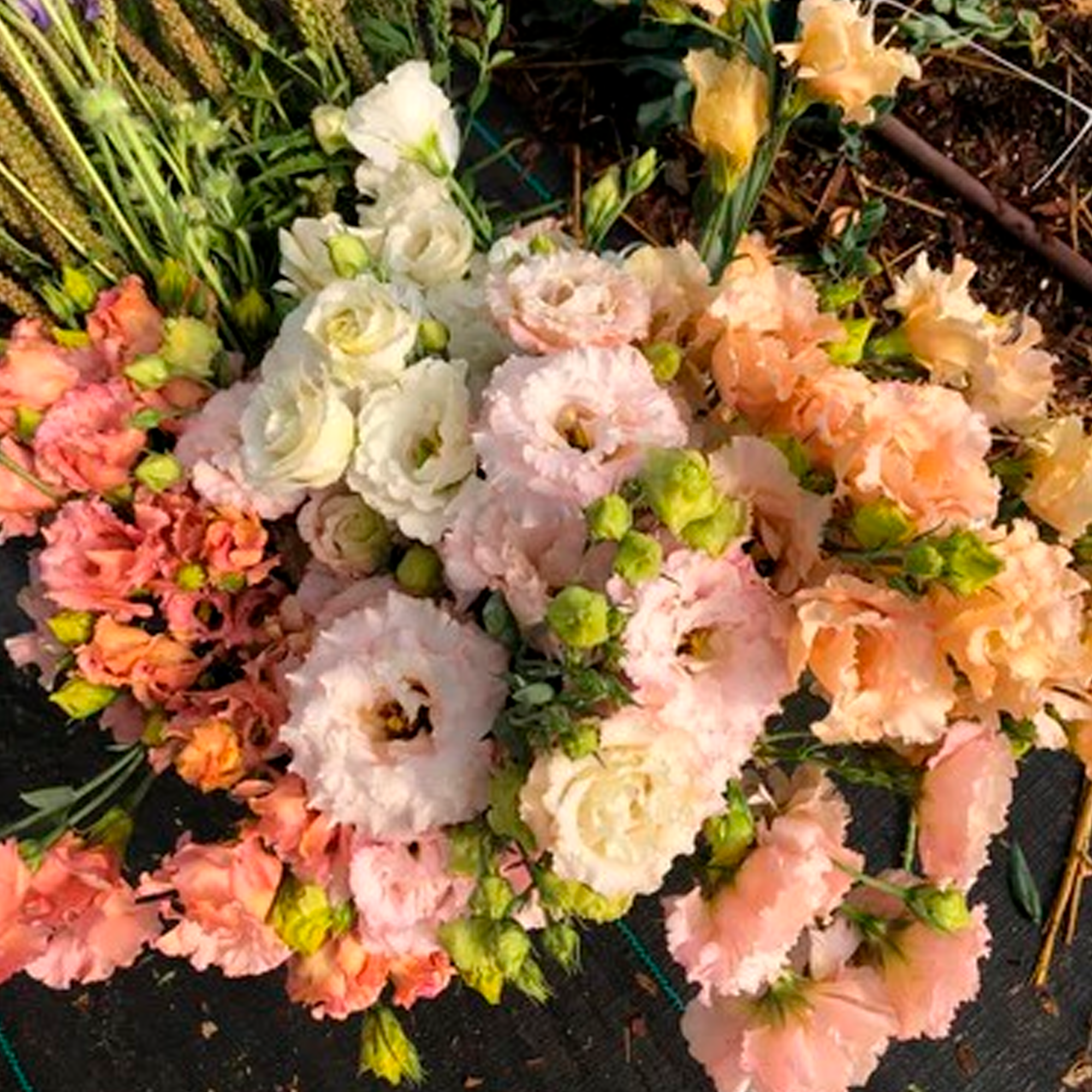The Medicinal Benefits of Ephedra Sinica: How to Grow and Use This Ancient Herb
Ephedra Sinica, commonly known as Ma Huang, has a long history in traditional Chinese medicine and has been utilized for centuries for its various health benefits. This ancient herb is renowned for its therapeutic properties, ranging from its ability to treat respiratory conditions to its use as a stimulant. In this blog, we will explore the medicinal benefits of Ephedra Sinica, its traditional and modern applications, and provide a comprehensive guide on how to cultivate this valuable herb.
Understanding Ephedra Sinica
Ephedra Sinica is a perennial shrub native to China and has been used in Chinese medicine for over 2,000 years. It belongs to the Ephedraceae family and is known for its alkaloids, including ephedrine and pseudoephedrine, which are the key active compounds responsible for its medicinal effects.
Traditional Uses of Ephedra Sinica
In traditional Chinese medicine (TCM), Ephedra Sinica is highly valued for its ability to release the exterior and expel cold. It is commonly used in formulations to treat:
- Respiratory Conditions: Ephedra Sinica is often employed to relieve symptoms of asthma, bronchitis, and colds. Its bronchodilator effects help to open up the airways, making it easier to breathe.
- Fever and Chill: The herb is used to treat common colds and influenza by inducing sweating and reducing fever.
- Allergies: Due to its decongestant properties, Ephedra Sinica can help alleviate symptoms of allergic rhinitis and sinusitis.
Modern Uses and Research
In contemporary herbal medicine, Ephedra Sinica has gained attention for its potential in various therapeutic areas:
- Weight Loss and Athletic Performance: Ephedra Sinica is sometimes used in weight loss supplements and performance enhancers due to its stimulant properties. The herb can increase metabolism and promote fat burning.
- Energy and Alertness: The stimulating effects of Ephedra Sinica make it popular for enhancing energy levels and cognitive function. It is often used to combat fatigue and improve mental clarity.
However, it's important to note that the use of Ephedra Sinica has been regulated in some countries due to concerns over potential side effects, including cardiovascular issues. Always consult a healthcare professional before using it for these purposes.
How to Grow Ephedra Sinica
Growing Ephedra Sinica can be a rewarding endeavor, especially for those interested in herbal medicine. Here’s a step-by-step guide to cultivating this ancient herb:
Choosing the Right Location
- Climate: Ephedra Sinica thrives in temperate climates with cold winters and hot summers. It is well-suited to USDA hardiness zones 5 through 9.
- Soil: The herb prefers well-drained soil with a pH range of 6.0 to 8.0. Sandy or loamy soil is ideal, as Ephedra Sinica does not tolerate waterlogged conditions.
Planting Ephedra Sinica
- Seeds: Start by obtaining high-quality Ephedra Sinica seeds from a reputable source. Soak the seeds in water for 24 hours before planting to enhance germination.
- Sowing: Sow the seeds in a seed tray or directly in the garden bed. Plant them about 1/4 inch deep and space them 12 to 18 inches apart. Cover lightly with soil.
- Watering: Keep the soil consistently moist but not waterlogged. Once seedlings emerge, reduce watering frequency and allow the soil to dry out between waterings.
Caring for Ephedra Sinica
- Sunlight: Ephedra Sinica requires full sun to partial shade. Aim for at least 6 hours of direct sunlight per day.
- Fertilization: Apply a balanced fertilizer once in early spring to support healthy growth.
- Pruning: Prune the plants to encourage bushier growth and remove any dead or damaged branches.
Harvesting and Storage
- Harvesting: Ephedra Sinica can be harvested once the plants are mature, typically 2 to 3 years after planting. The stems are harvested for their medicinal properties. Cut the stems at ground level and allow them to dry in a well-ventilated area.
- Storage: Store dried Ephedra Sinica stems in an airtight container in a cool, dark place. Properly stored, the herb can retain its potency for several years.
How to Use Ephedra Sinica
Ephedra Sinica can be used in various forms, including teas, tinctures, capsules, and extracts. Here’s how you can incorporate it into your herbal regimen:
Making Ephedra Sinica Tea
- Ingredients: Dried Ephedra Sinica stems, water.
- Instructions: Boil 1 cup of water and add 1 to 2 teaspoons of dried Ephedra Sinica stems. Steep for 10 to 15 minutes, then strain and drink. Consume 1 to 2 cups daily, depending on your needs and tolerance.
Preparing Tinctures and Extracts
- Tinctures: Combine dried Ephedra Sinica stems with alcohol (such as vodka) in a jar. Let it steep for 4 to 6 weeks, shaking occasionally. Strain and store in a dark bottle. Take a few drops as needed.
- Extracts: Commercially prepared extracts are available and can be taken as directed on the label. Always choose high-quality extracts from reputable sources.
Precautions and Side Effects
While Ephedra Sinica offers numerous health benefits, it is essential to use it with caution. Potential side effects include:
- Cardiovascular Issues: High doses can lead to increased heart rate, elevated blood pressure, and other cardiovascular problems.
- Nervous System Effects: Overuse can cause nervousness, insomnia, and tremors.
- Interactions: Ephedra Sinica may interact with medications, especially those affecting the cardiovascular system. Consult with a healthcare provider before use.
Conclusion
Ephedra Sinica is a potent herb with a rich history in traditional medicine and potential benefits in modern herbal practices. Whether you’re interested in its respiratory benefits, energy-enhancing properties, or its role in weight management, understanding how to grow and use this herb can be incredibly rewarding. By following the cultivation guidelines and usage recommendations provided, you can make the most of Ephedra Sinica’s medicinal properties.
For those interested in exploring the world of herbal medicine further, consider visiting Amazon for high-quality Ephedra Sinica seeds, extracts, and other related products. Embrace the wisdom of ancient herbal practices while integrating modern approaches to health and wellness.
Happy gardening and herbal healing!



Leave a comment
This site is protected by hCaptcha and the hCaptcha Privacy Policy and Terms of Service apply.